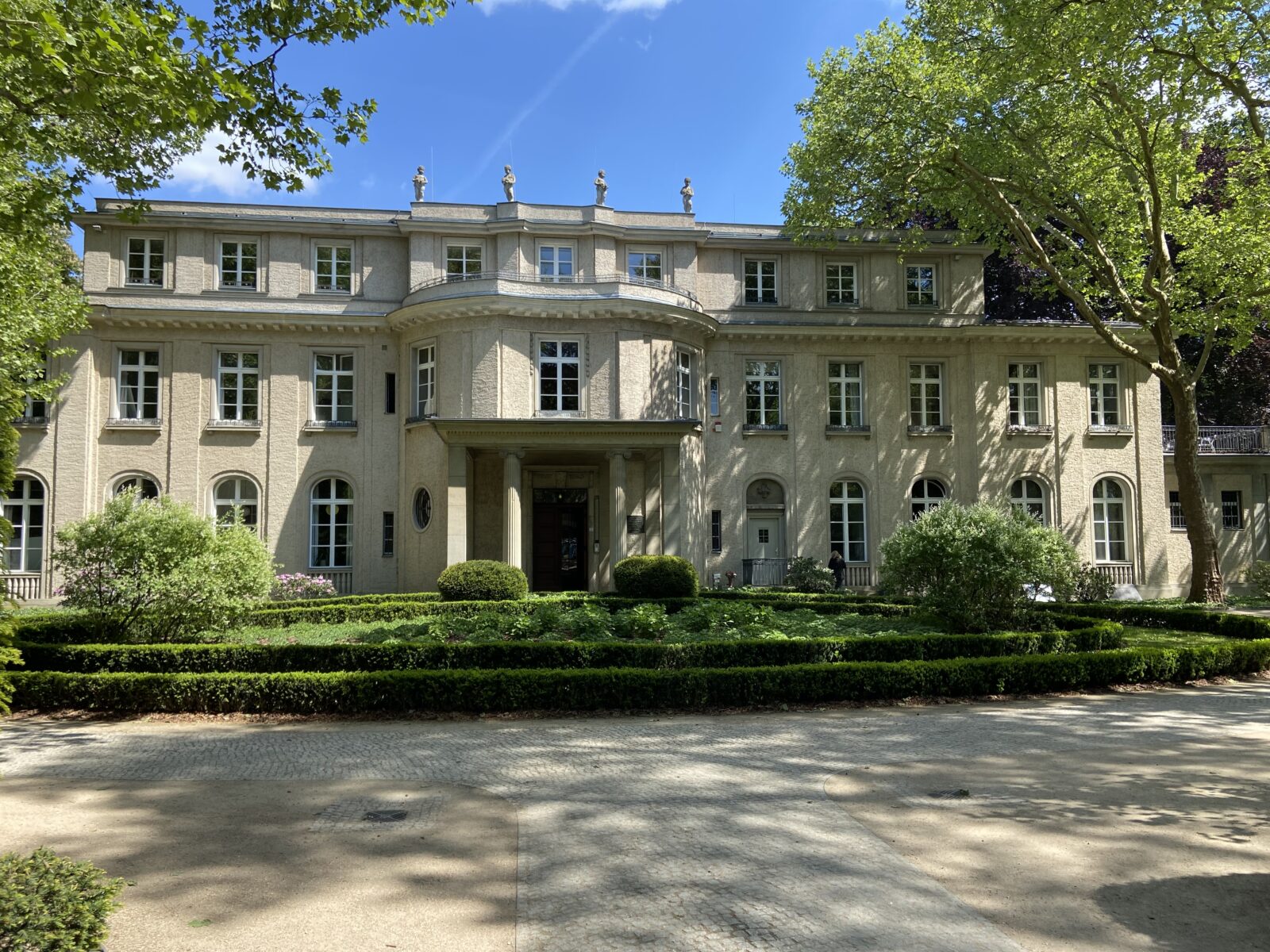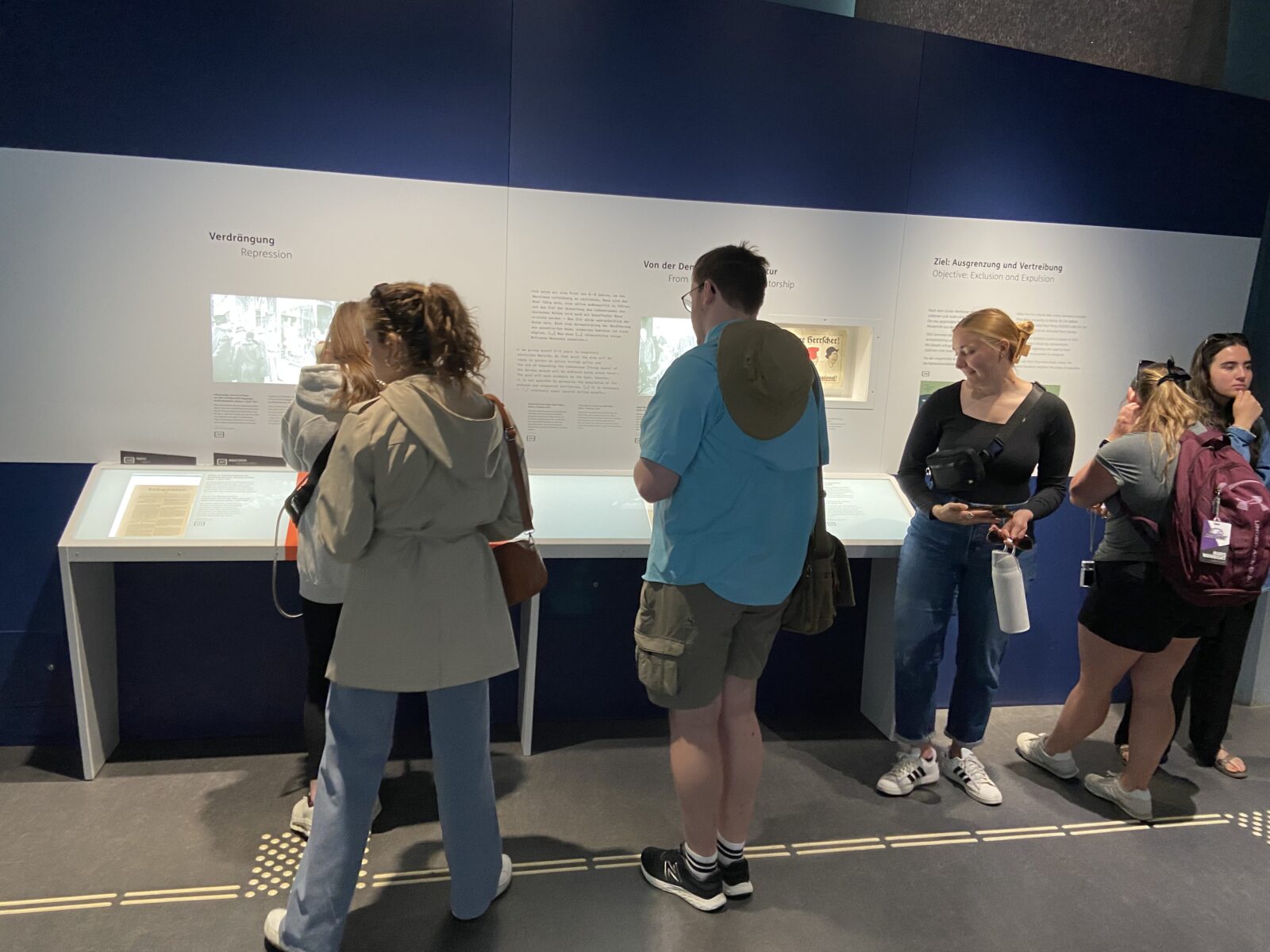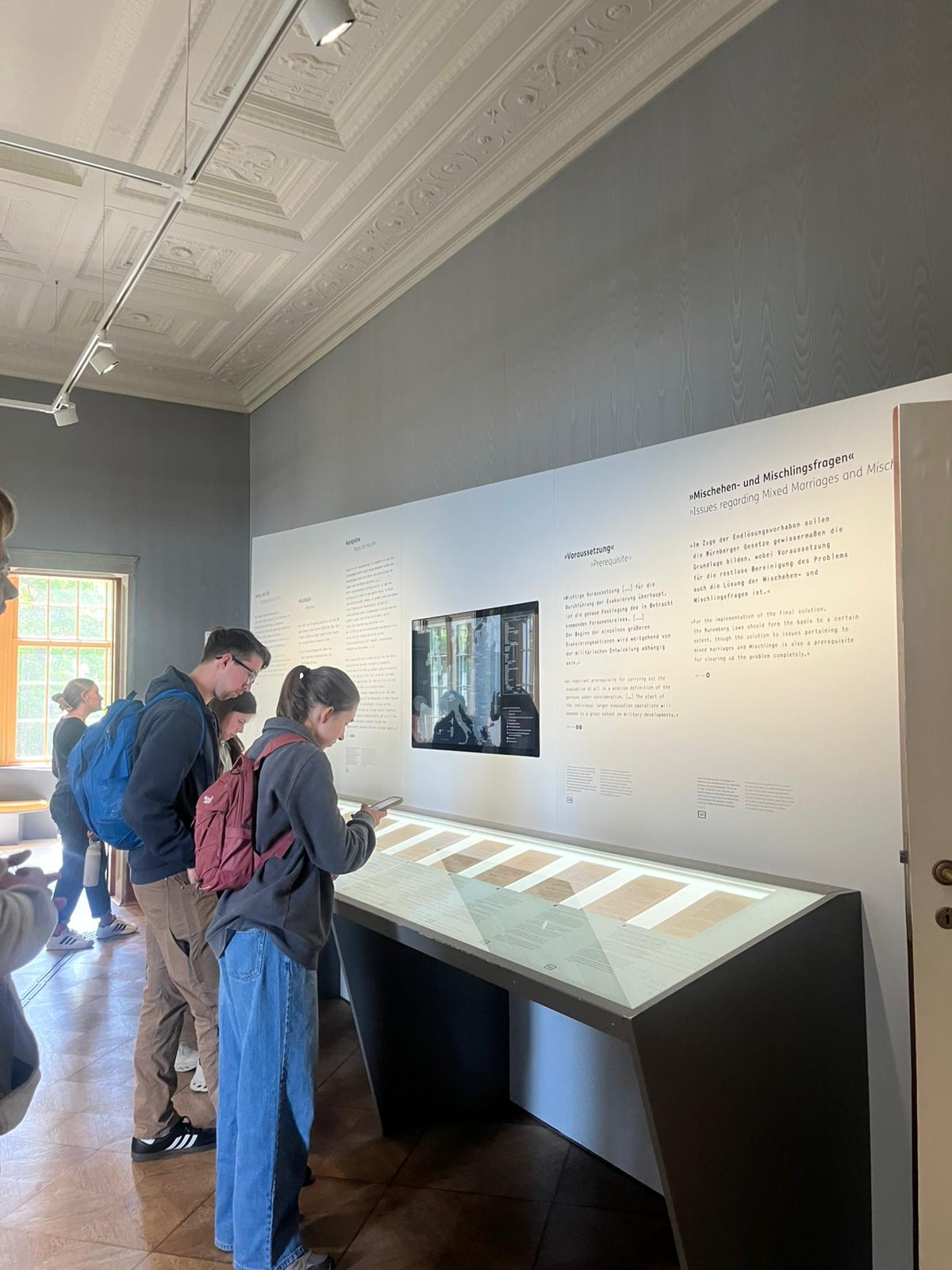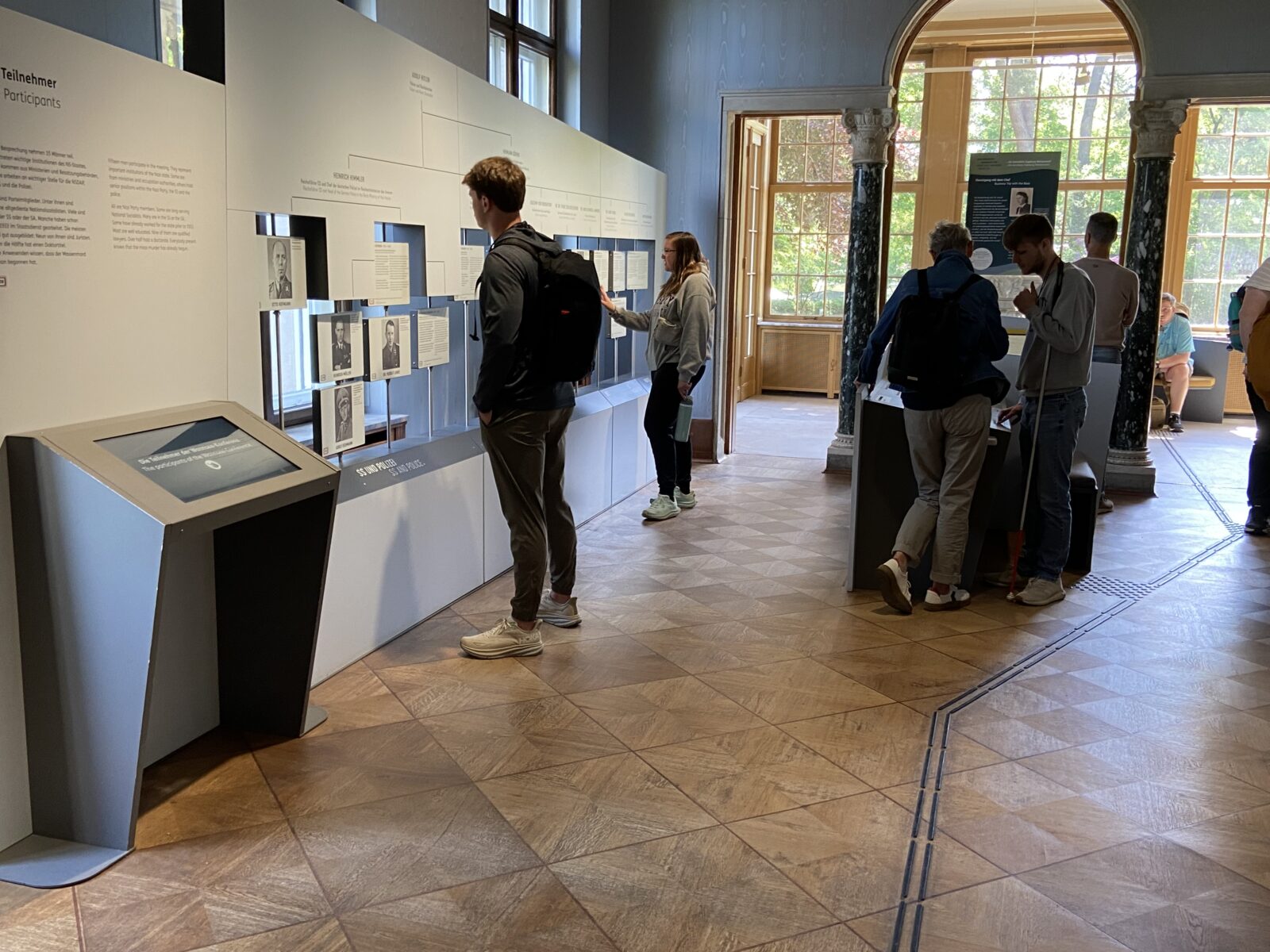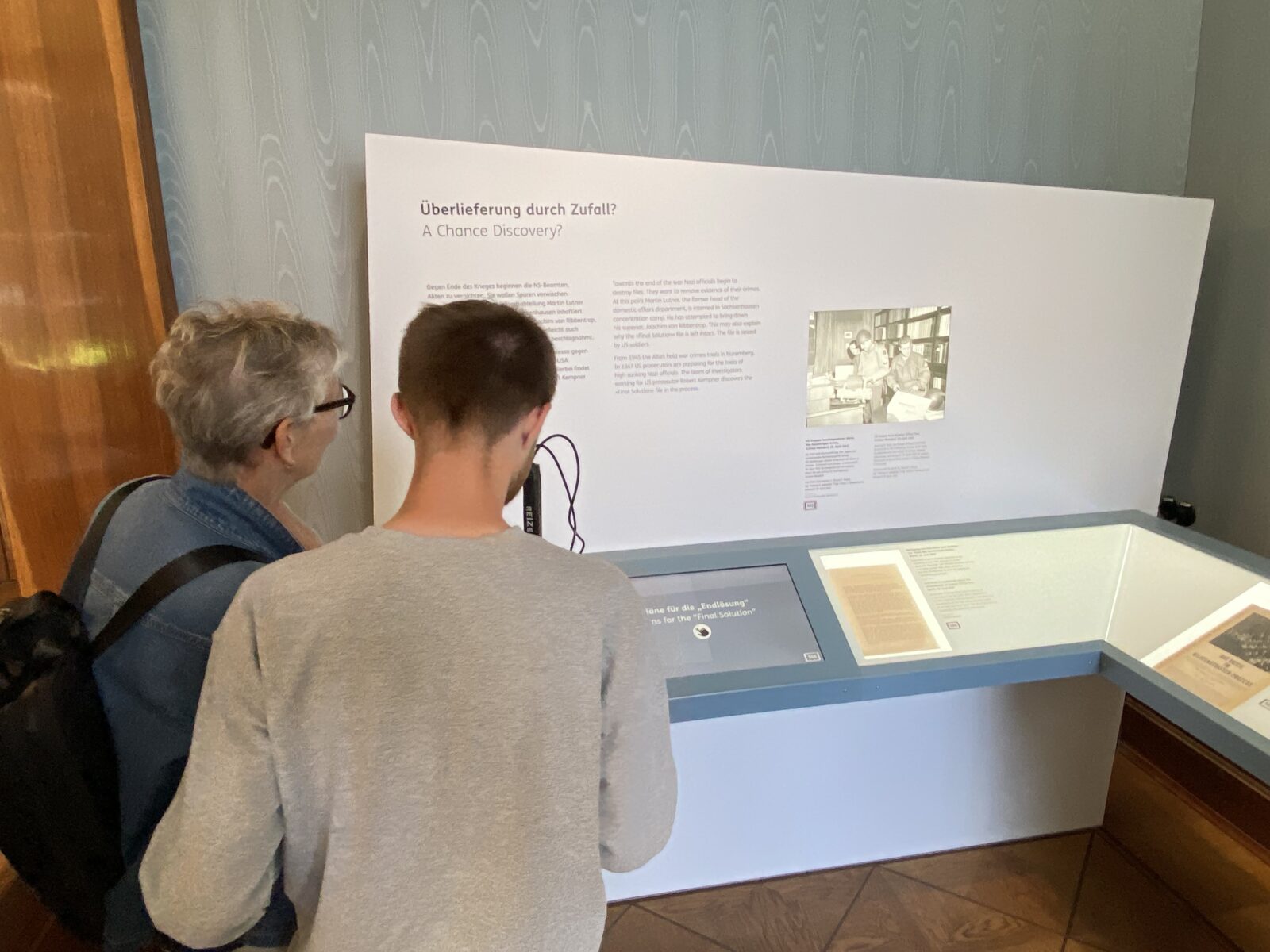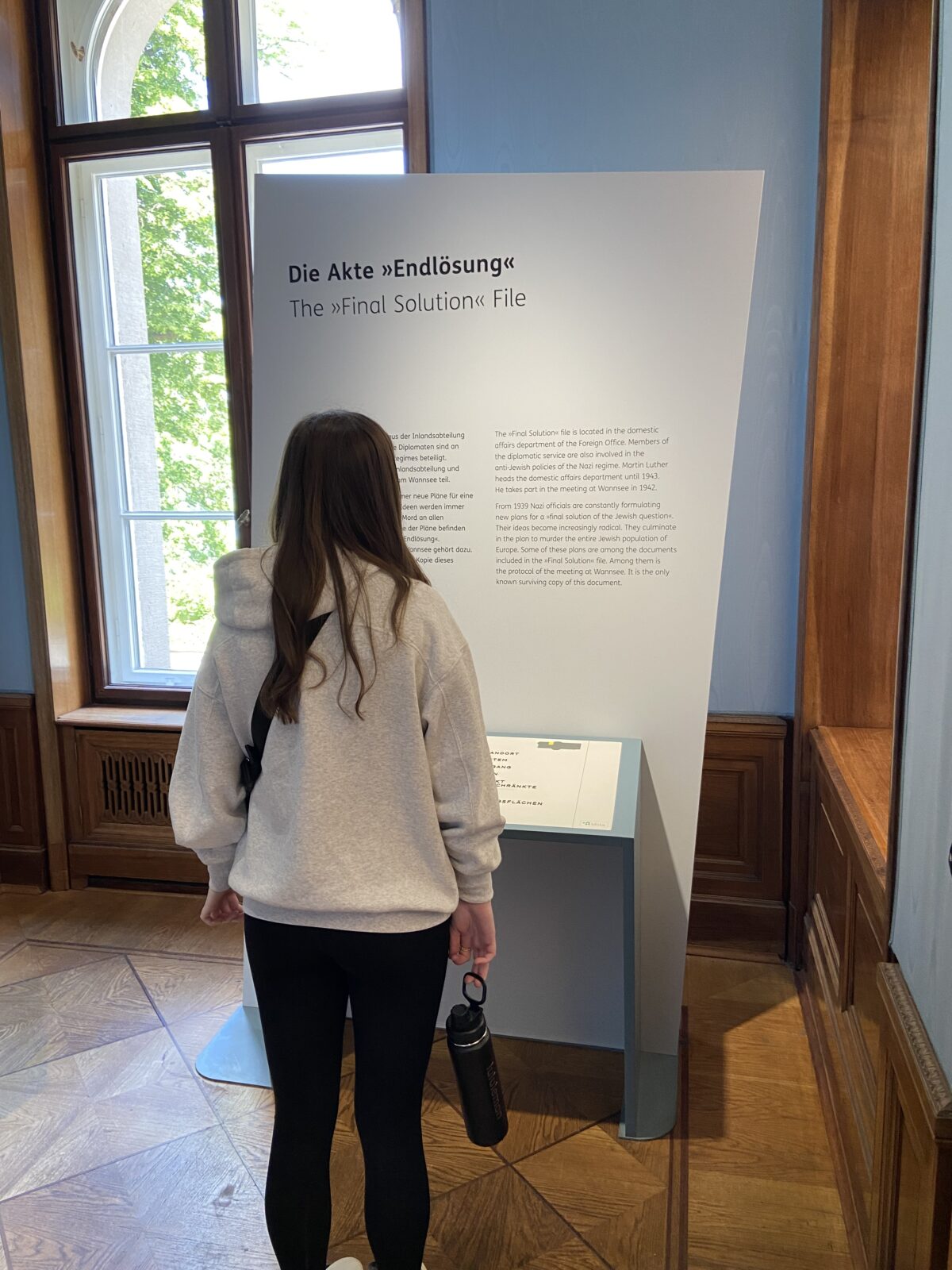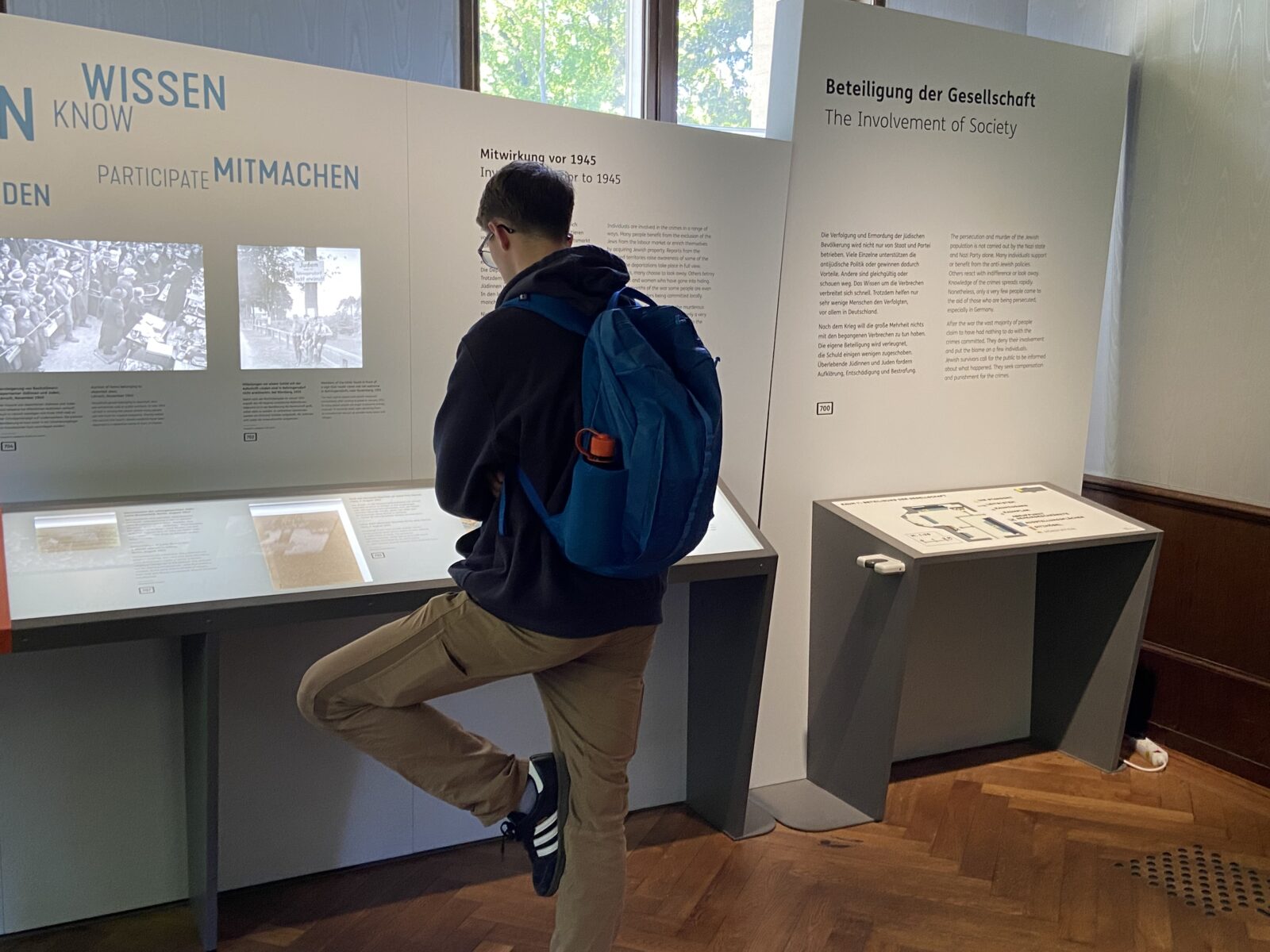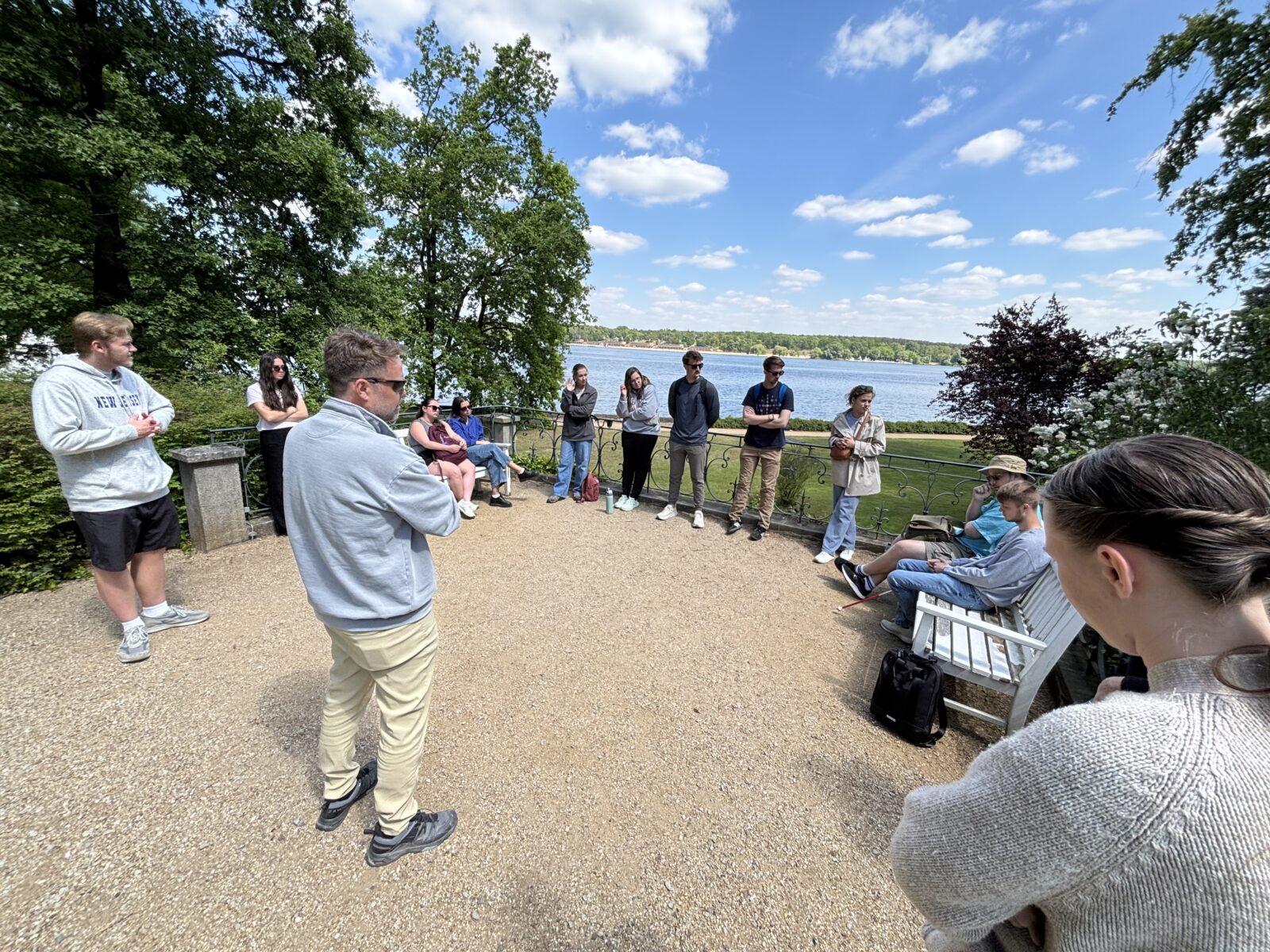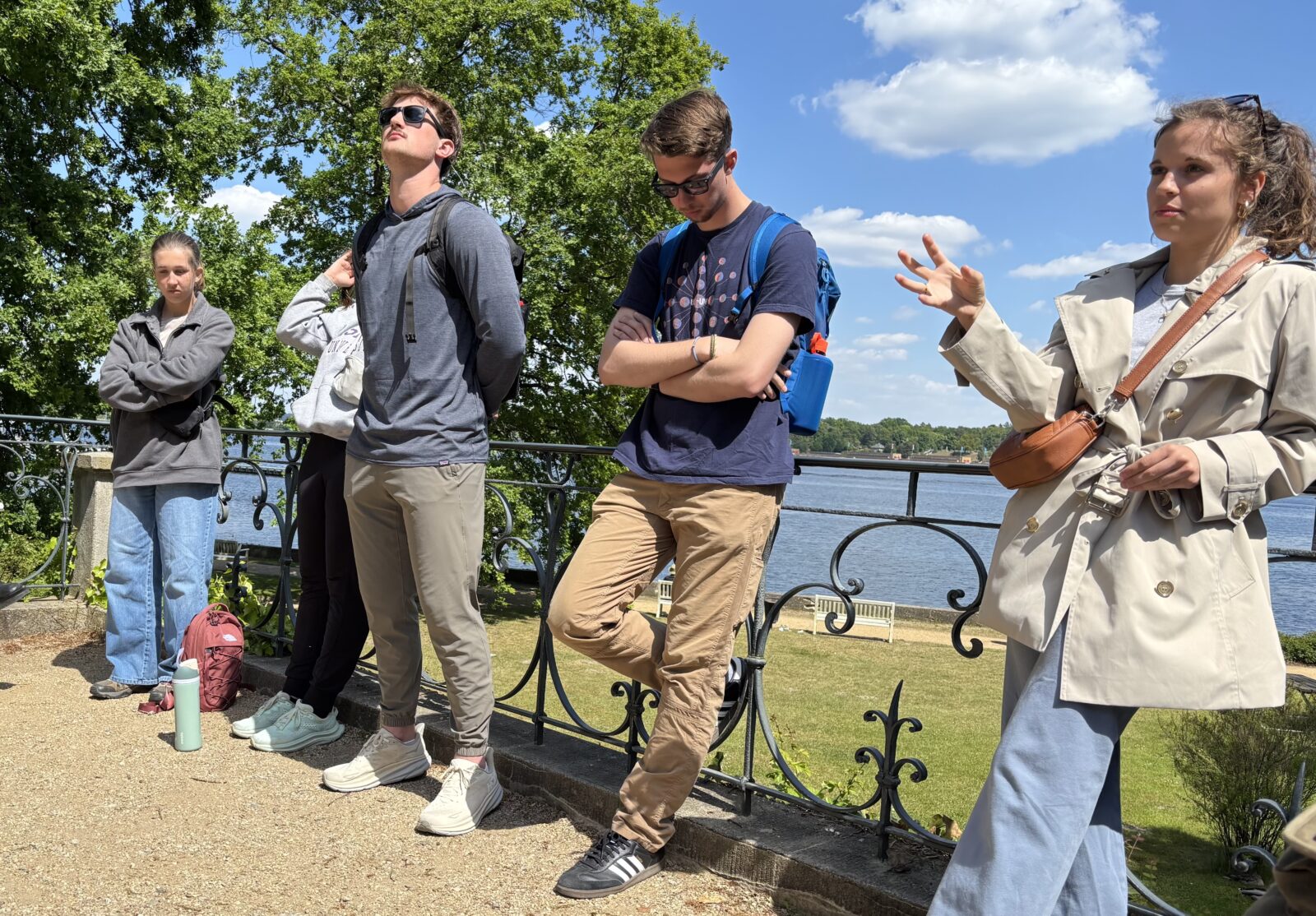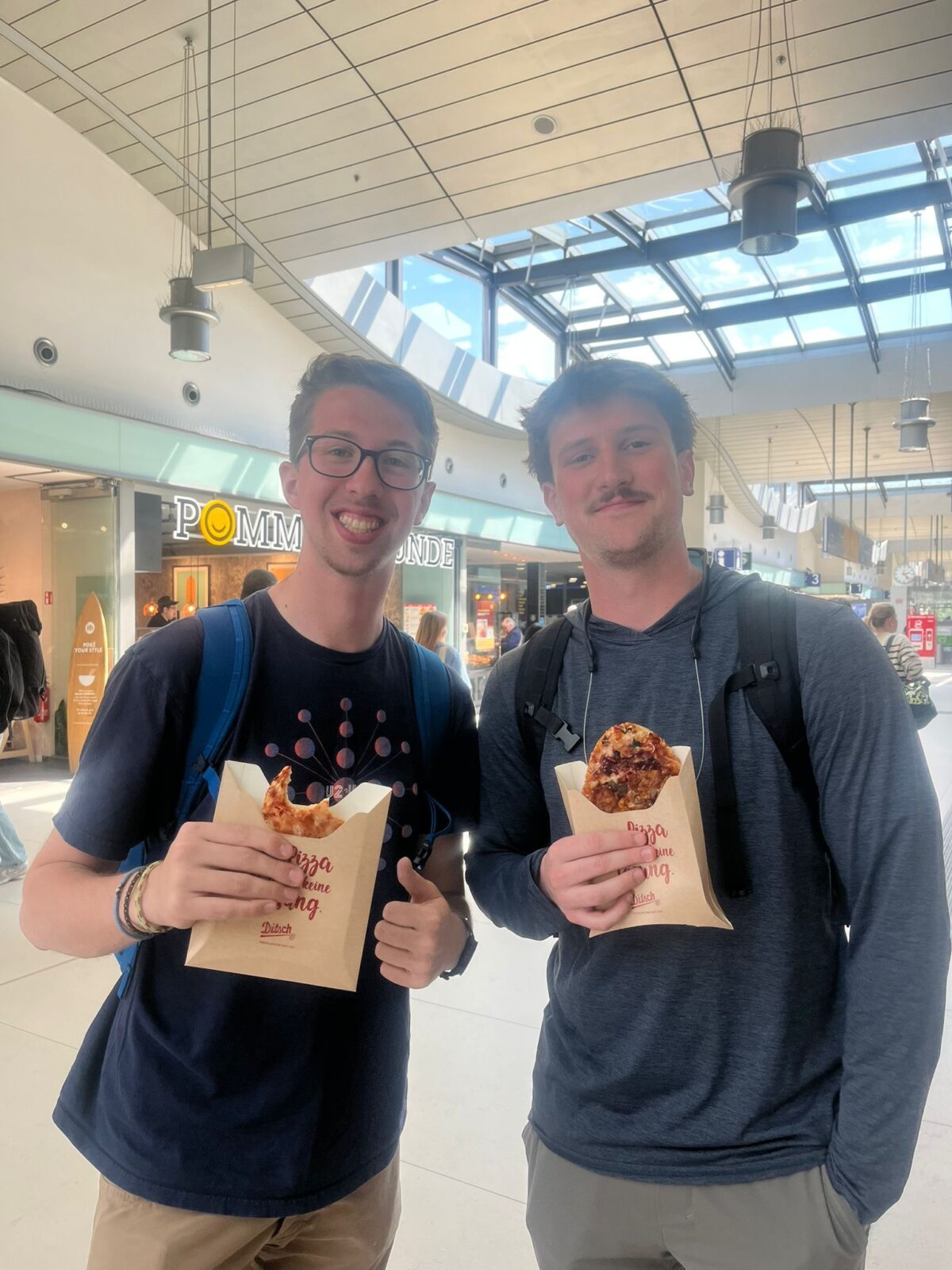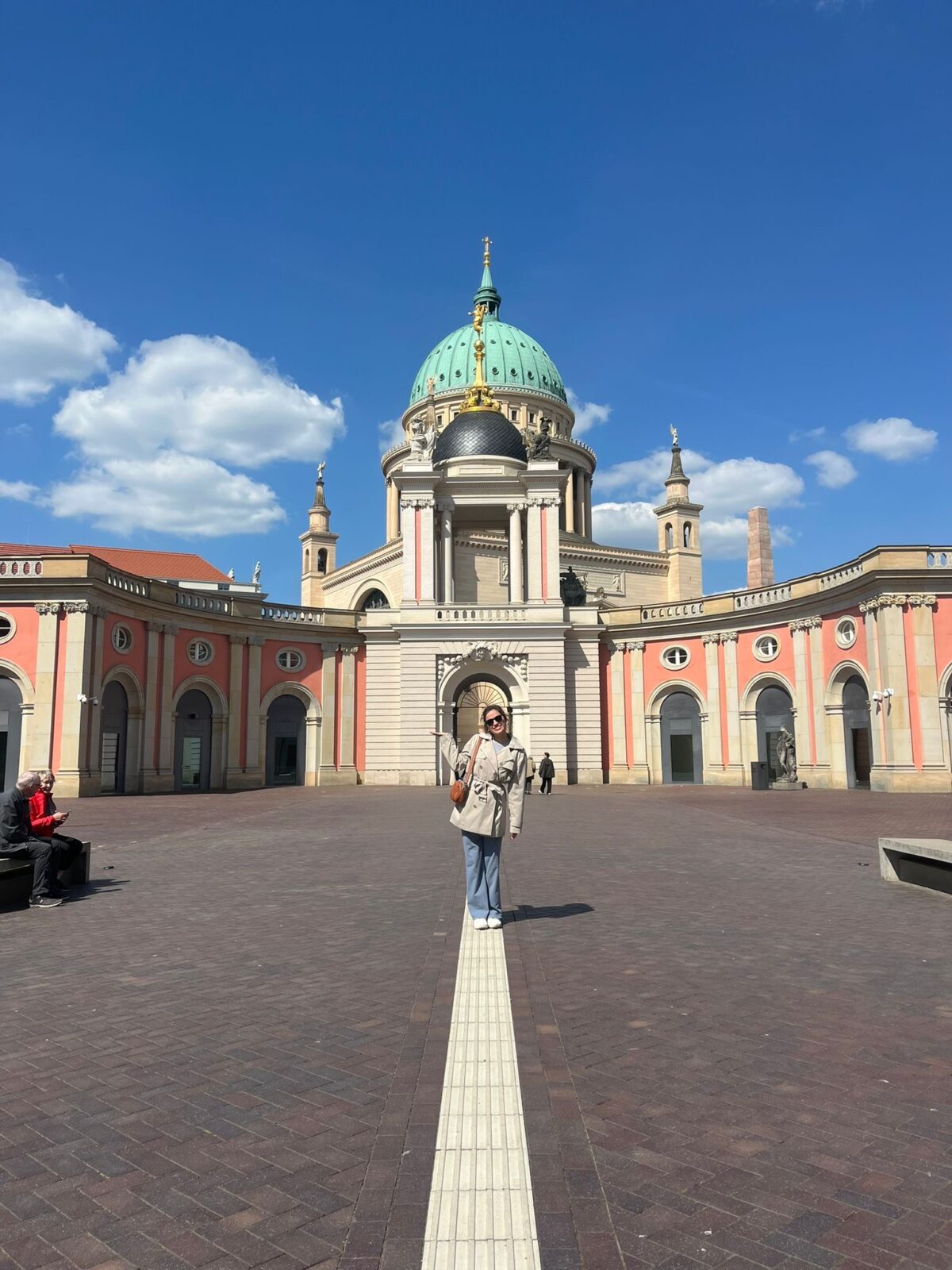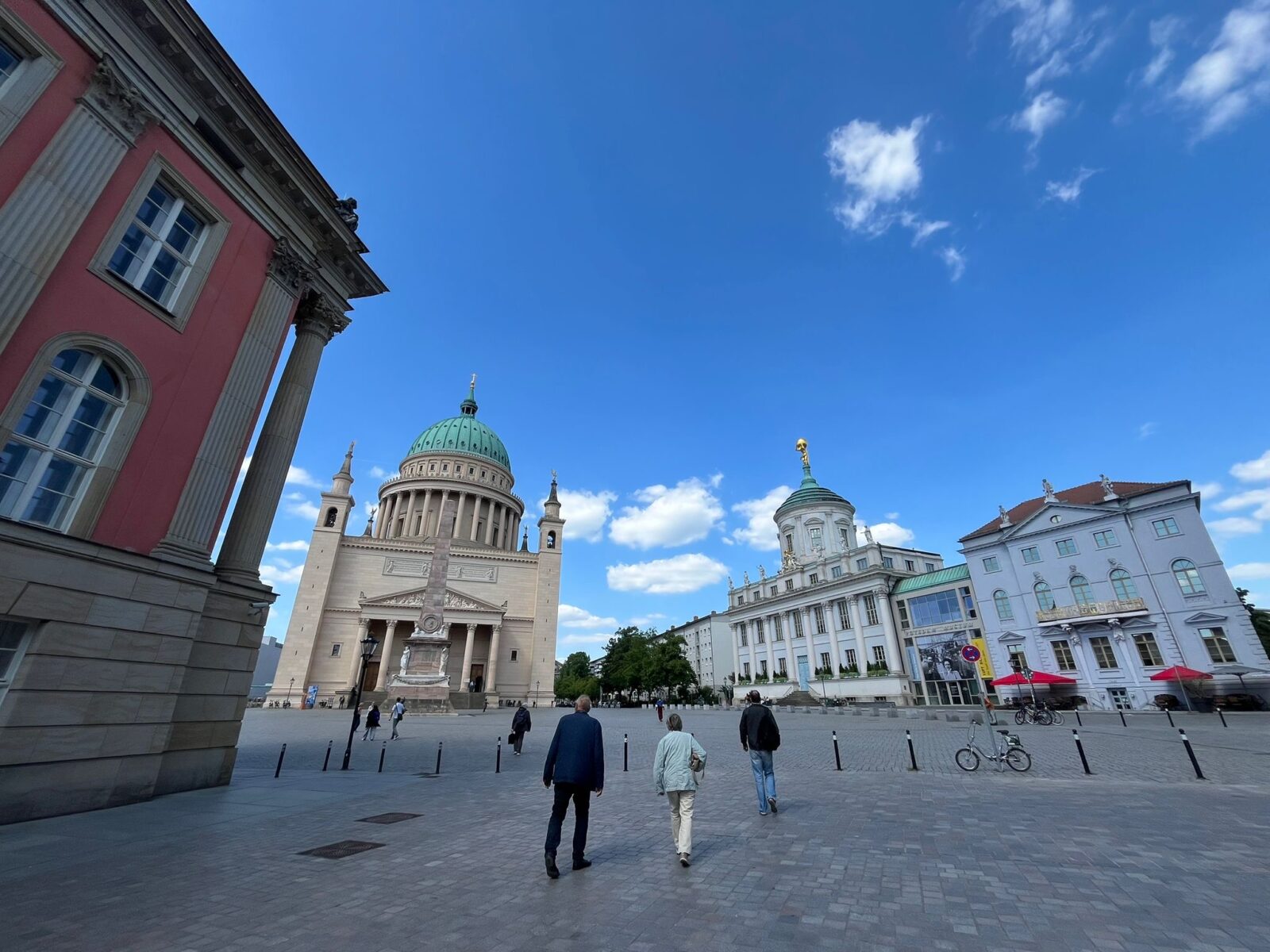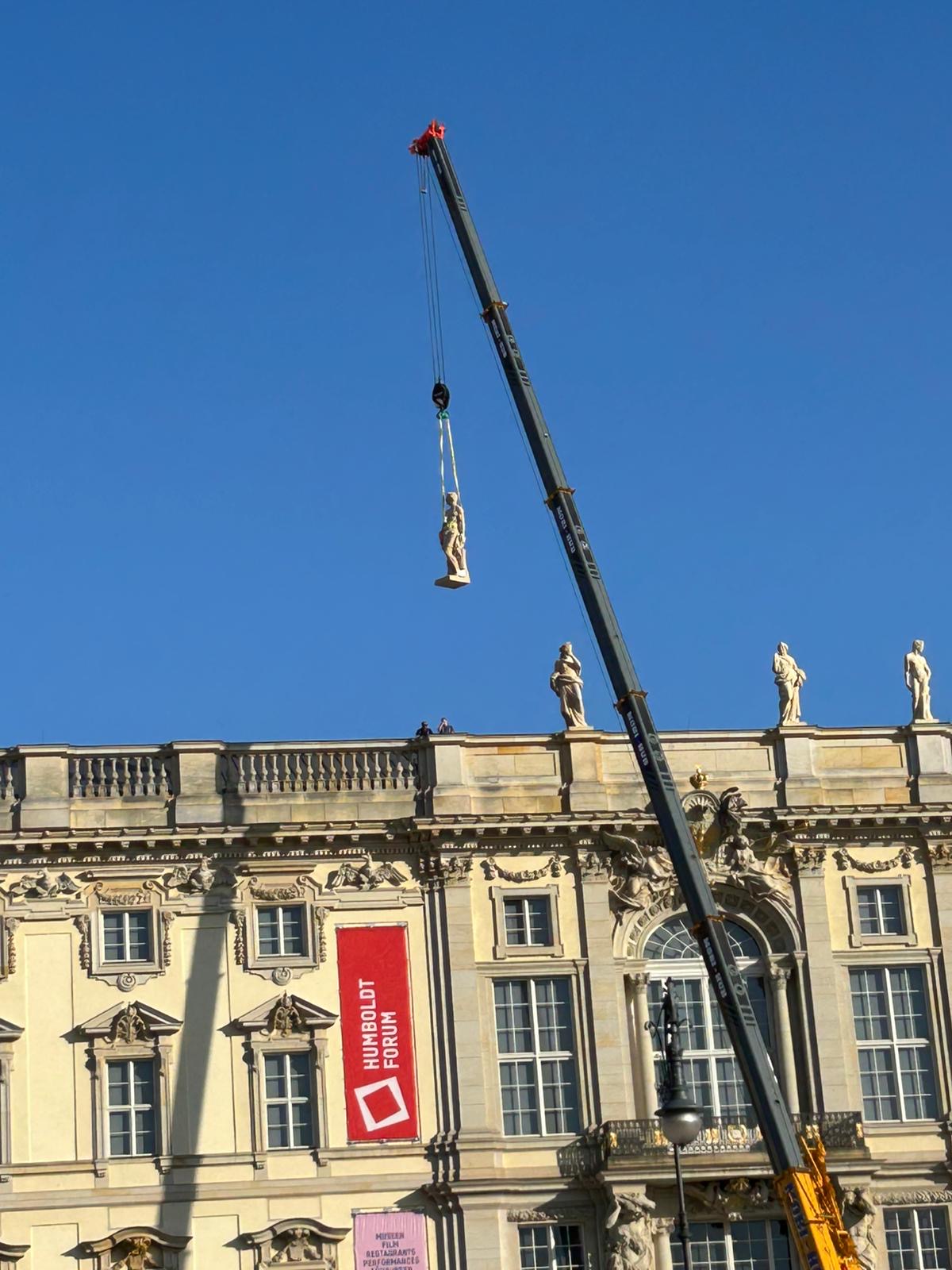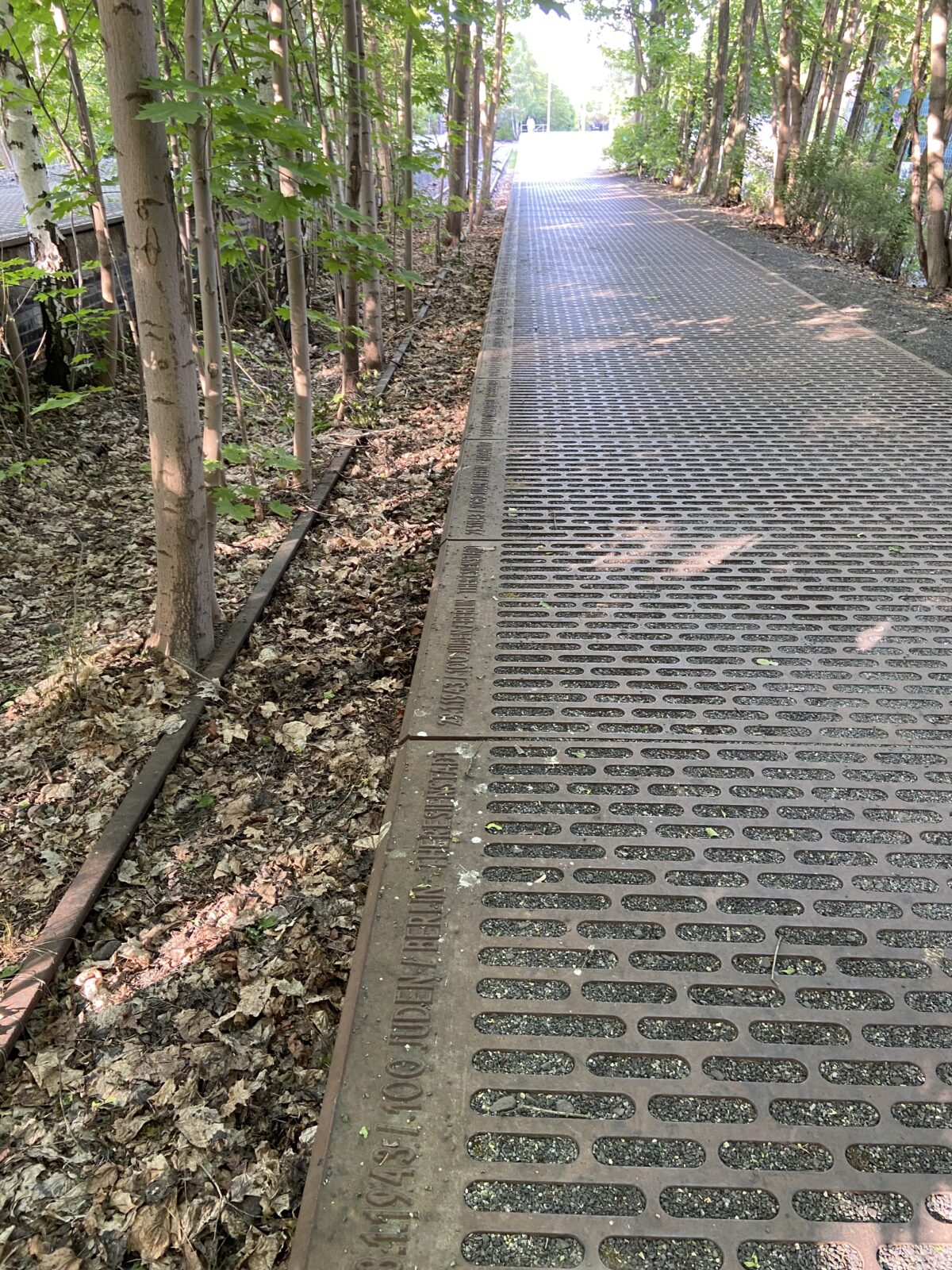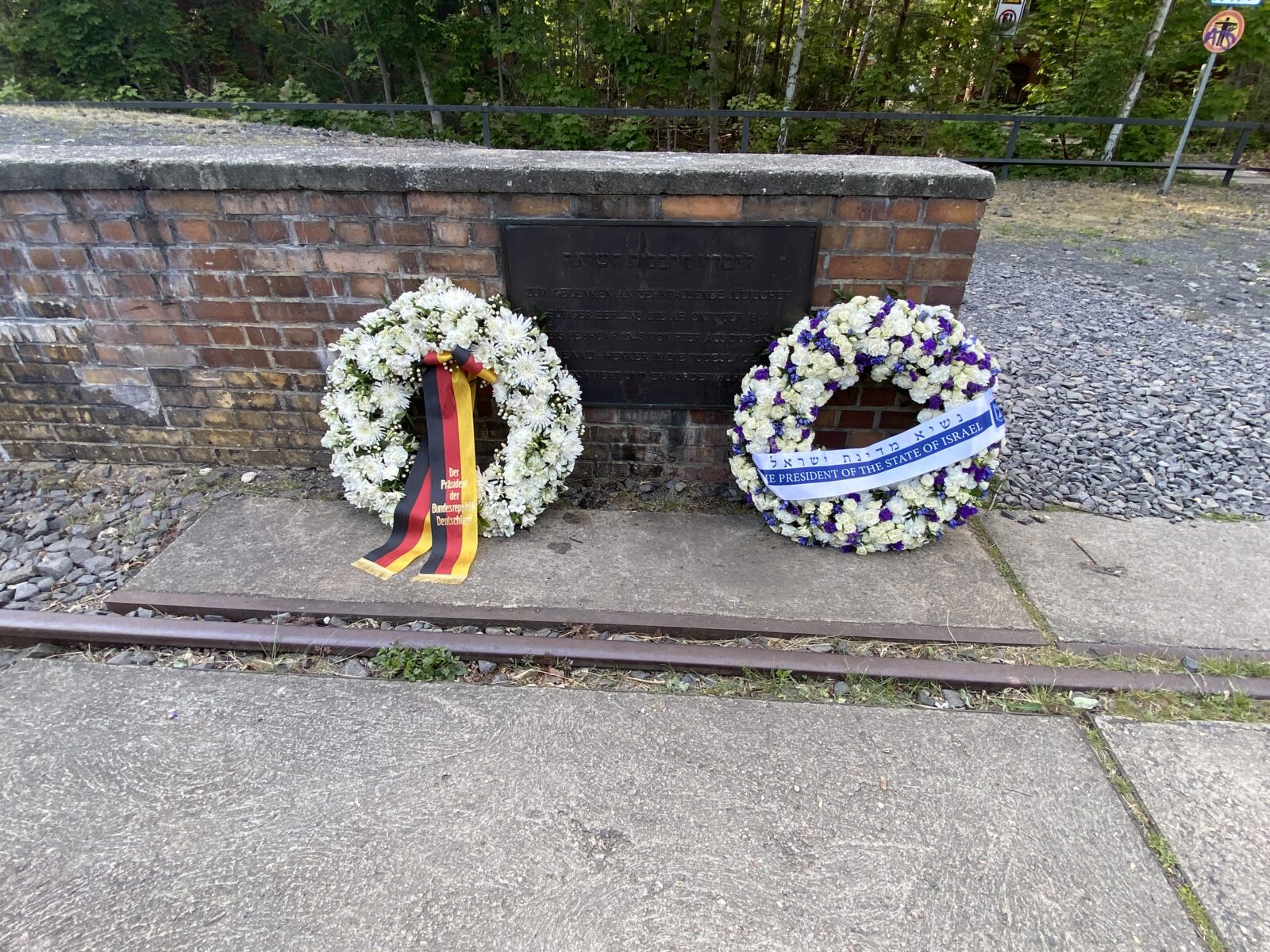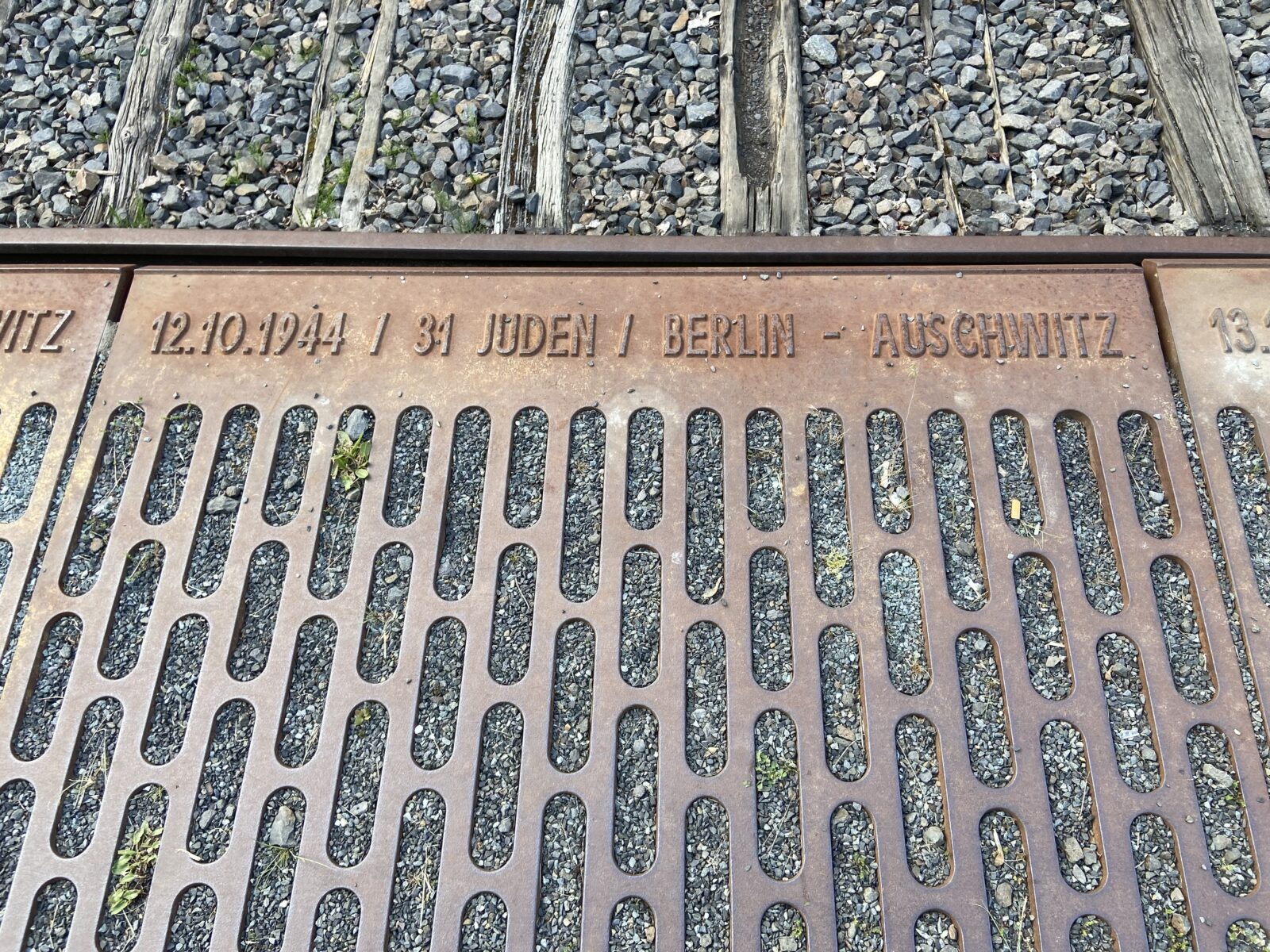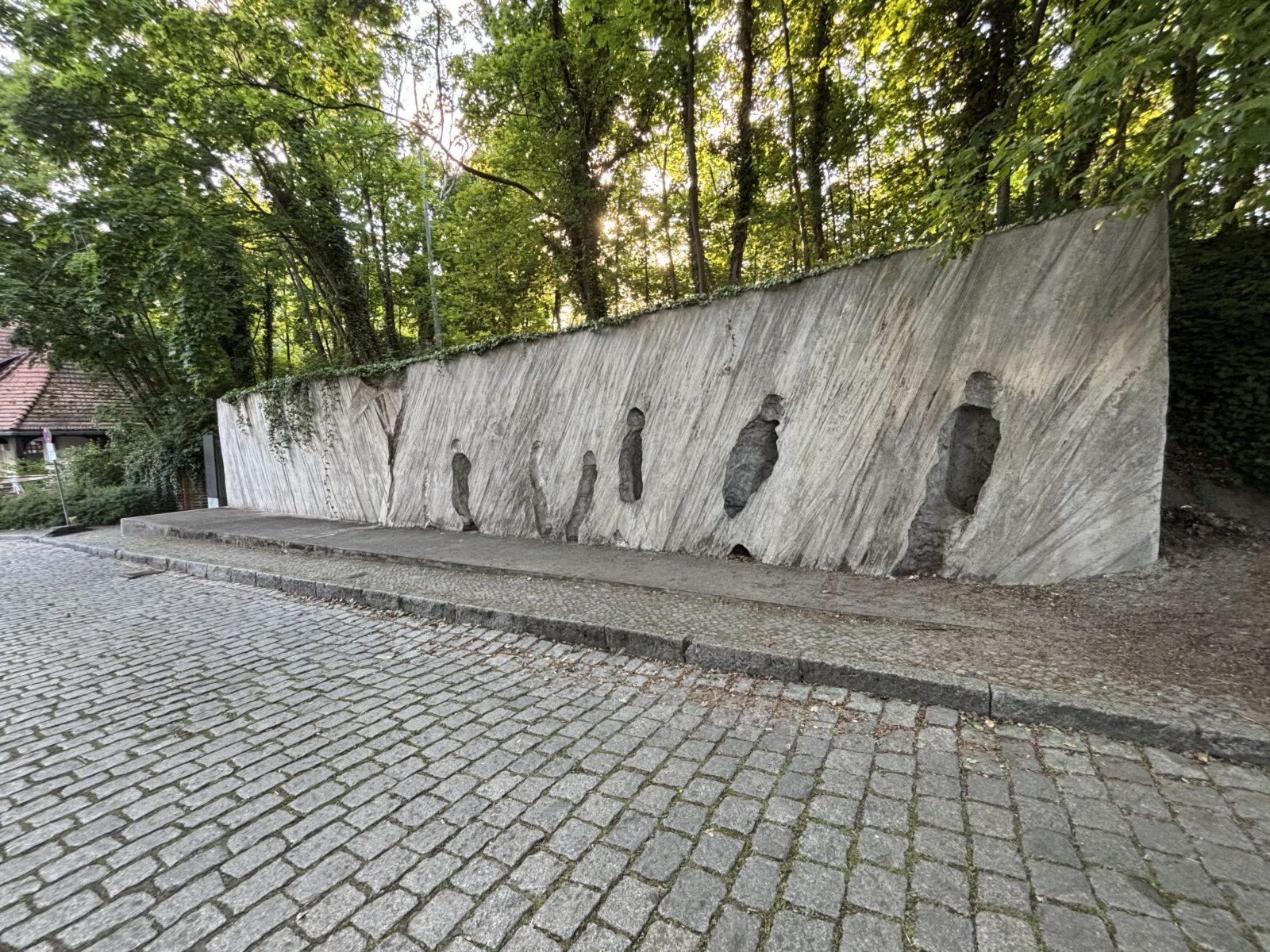Ideas, Bureaucracy, Distance from Action, and Genocide
Today was one of two days specifically dedicated to explore the role of bureaucracy in the Holocaust. The Wannsee House, a spacious and luxurious villa in a ritzy resort town southwest of Berlin, was the location where orders were handed down to the various ministers and secretaries of the Third Reich needed for this coordinated action, this execution of “the final solution to the Jewish question,” to run smoothly. From among the 15 officials who sat around the table one could tally up numerous advanced degrees (at least 8 Ph.D’s) and jurist doctorates, lending suspicion to the often-held assumption that educational achievement and ethical thinking go hand-in-hand. A couple decades ago, this house was turned into a very well-organized museum.
After taking in what this memorial and educational site had to offer, our time of reflection and processing focused on several issues, including the leniency afforded to the few perpetrators who were ever called to account for their actions, the ability of people to both be involved in this killing apparatus and to also be a family man with a wife and children, the power of language to obscure intent and to facilitate self-deception (e.g., “resettlement in the east”), and the (perhaps?) intentional exploitation by the Nazis of the natural human ability to adapt to new normals (e.g., “it can’t get worse than this”… but then it does, and so on). Each day our group processing is concluded not by a shortage of student comments or questions, but rather by the demands of our schedule. That’s the kind of problem I don’t mind having.
Other pictures from later in the day represent student explorations, often around food and, oddly enough, the movement of a sculpture! One group went to Potsdam and checked out the grounds around the Sanssouci Palace. My sister-in-law, Juliana Barker, and I checked out the “Platform 17” memorial adjacent to the Grunewald train station, a memorial I had not yet seen. This is the train platform where around 50,000 German Jews from the Berlin-Brandenburg area were shipped off from to either a concentration camp (like Theresienstadt in the Czech Republic) or, much more likely, to Auschwitz. Some dates recorded over 1,700 Jews on board, others as few as 19. My first attempt of the day to visit the memorial was stymied by an approaching visit later in the day of both the Israeli and German presidents to that memorial – presumably a function of the 80th anniversary of the end of the war. (What an amazing time to be in Berlin!) The kind officers at the barricade suggested that I come back in a few hours. I’m glad I did. In addition to a well-crafted set of memorials and markers that make up this site, Juli and I found flowery evidence of the politicians’ presence just a couple hours prior. (See picture below.)
Tomorrow we visit our second camp…Ravensbrück.
